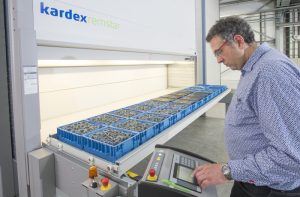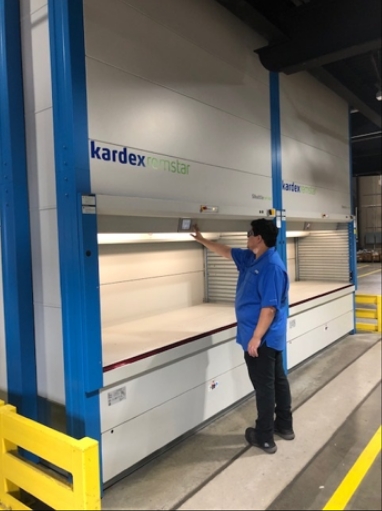Material handling is a core function in every warehouse, distribution center, and manufacturing facility. It’s the science and practice of moving, storing, protecting, and controlling materials throughout production, warehousing, and distribution. Efficient material handling systems ensure smooth operations, reduce damage, increase safety, and support workflow optimization.
In this guide, we’ll answer what is material handling, explore essential equipment types, discuss automation trends, and show how the right material handling strategy can transform your operation.
Defining Material Handling
At its core, material handling refers to the movement, protection, storage, and control of materials and products throughout manufacturing, warehousing, distribution, consumption, and disposal. It includes both manual and automated processes and applies to everything from raw materials to finished goods.
Common Goals of Material Handling:
- Improve inventory visibility
- Maximize space utilization
- Reduce product damage
- Enhance worker safety
- Lower operational costs
Whether you’re moving pallets with forklifts or retrieving parts with an automated vertical carousel, every step in the movement of goods falls under the umbrella of material handling.
What Is Material Handling in Warehousing?
In warehouse environments, material handling includes all the methods and systems used to transport goods — from the loading dock to storage racks to packing stations. Poor material handling can lead to bottlenecks, lost inventory, and even safety issues. On the other hand, smart systems and workflows streamline order fulfillment and minimize costly downtime.
For example, a Vertical Lift Module (VLM) automates parts picking by delivering trays to an ergonomic access point. This eliminates the need to search for inventory on static shelving and reduces walk time by up to 70%.
Categories of Material Handling Equipment
Material handling equipment can be broken down into four main categories:
1. Storage Systems
Used for holding materials for a period of time. Includes:
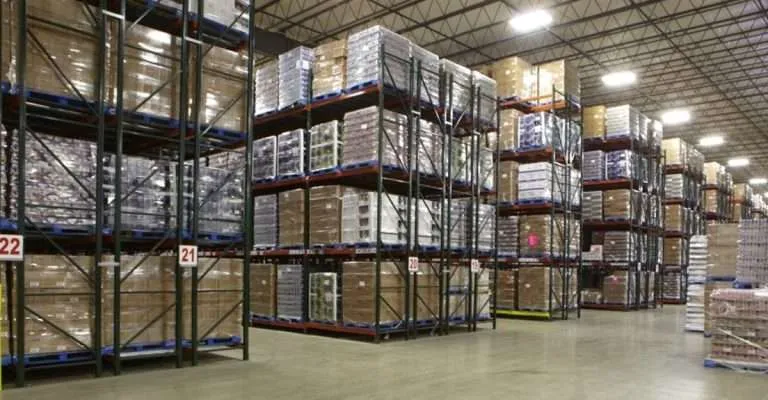
2. Handling and Transport Equipment
Moves materials from one point to another:
- Conveyors
- Forklifts and pallet jacks
- Carts and dollies
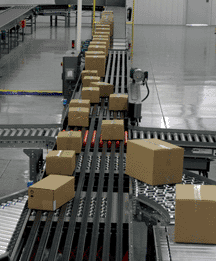
3. Positioning Equipment
Helps move items into the correct location:
- Hoists
- Scissor lifts
- Turntables
4. Unit Load Formation Equipment
Groups items for transport and storage:
- Pallets
- Crates
- Totes and bins
What Is a Material Handling Carousel?

A material handling carousel is an automated storage system that rotates inventory to a picking station. These carousels come in vertical and horizontal configurations, depending on space and use case. Vertical carousels are ideal for high-density storage in tight footprints, such as parts rooms or service counters. Horizontal carousels are commonly used in fast-pick environments.
Material handling carousels reduce walk time, improve order accuracy, and enhance ergonomics by bringing inventory directly to the operator.
Manual vs. Automated Material Handling
Traditional material handling relies on human labor and mechanical tools (carts, forklifts, pallet jacks). While cost-effective initially, these methods are slow, prone to errors, and hard to scale.
Automated material handling uses machines and technology to streamline movement and storage. These systems reduce reliance on labor, boost throughput, and improve accuracy.
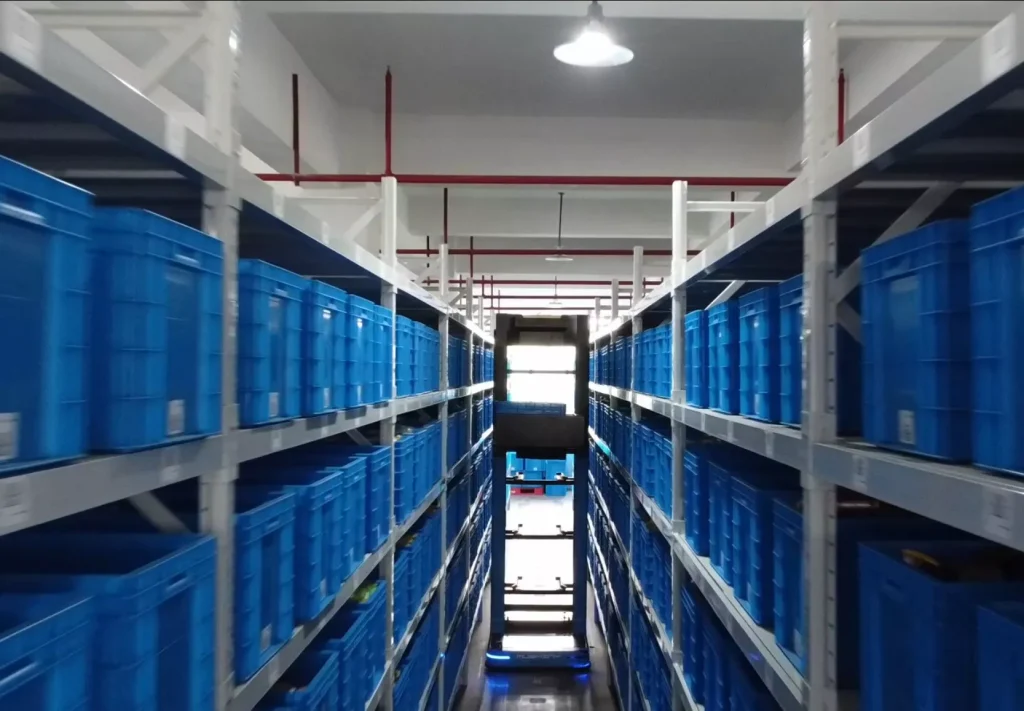
Examples of automation include:
- AS/RS Systems (Automated Storage & Retrieval Systems)
- Pick-to-light systems
- Robotic shuttle systems
- Goods-to-person solutions
Want to learn more about AS/RS systems? We’ve broken down the different types, benefits, and who they’re best suited for.
Why Material Handling Matters
Every warehouse or distribution center needs a solid material handling strategy to:
- Improve order accuracy
- Reduce product damage
- Optimize space and layout
- Lower labor costs
- Increase throughput and cycle times
Efficient material handling leads to better inventory control, faster operations, and a safer workplace.
Who Needs a Material Handling Solution?
Any business that deals with physical inventory can benefit from better material handling systems. Industries we serve include:
- Manufacturing
- Aerospace
- Automotive
- Healthcare
- Retail / E-commerce
- Third-party logistics (3PL)
Even spare parts departments can improve speed and traceability with solutions like used vertical carousels.
When to Upgrade Your Material Handling Setup
If you’re running out of space, struggling with inventory errors, or dealing with rising labor costs, it’s time to evaluate your material handling systems. Signs you’re ready for an upgrade:
- Employees are spending too much time walking or searching for parts
- Picking errors are leading to customer complaints
- You need to scale operations but can’t expand your building
- Your inventory lacks visibility or real-time updates
Let’s Talk About Material Handling
At Vertical Storage USA, we help companies implement smarter, high-density material handling systems that save space and improve accuracy. Whether you need a vertical lift module, carousel system, or a full AS/RS design, our team is here to help.
Contact us for a free consultation and layout analysis.


